Harley-Davidson’s upcoming 2026 Sprint aims to attract younger, price-conscious riders, marking a bold shift in strategy with likely overseas production.
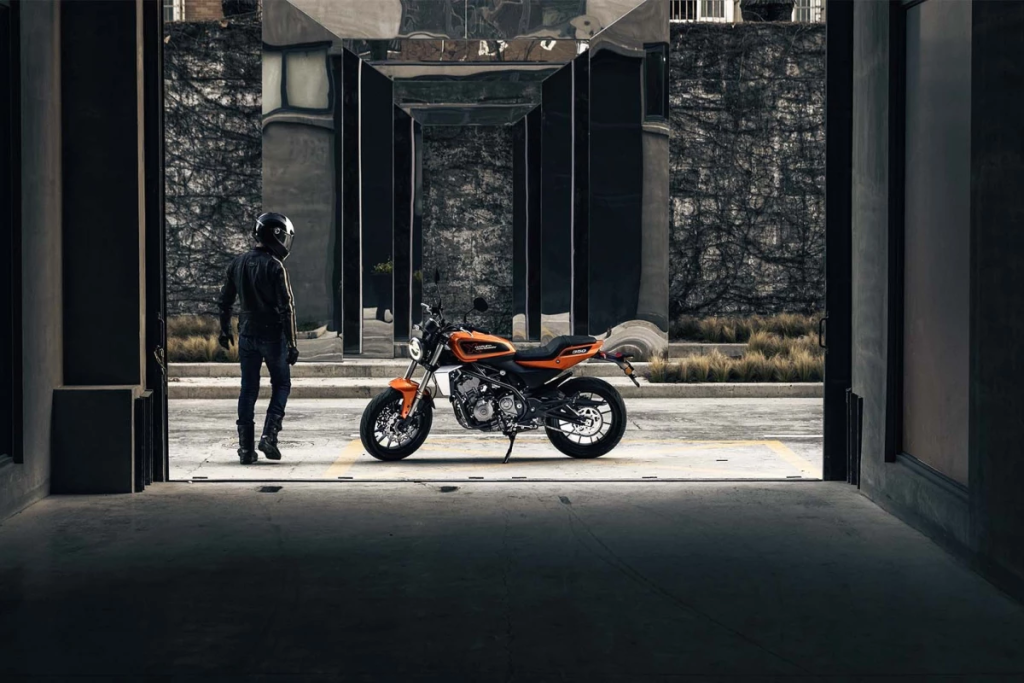
Subscribe to our Telegram channel for instant updates!
When Harley-Davidson rolls out the Sprint in 2026, it won’t just be launching a new motorcycle; it’ll be testing the boundaries of its own identity. For decades, Harley has traded on heritage, chrome, and heavyweight cruisers. Now, with a low-cost entry model in the pipeline, the American icon is stepping into unfamiliar territory: competing head-on in the crowded budget bike segment.
The Challenge: Attracting a New Generation
Harley’s problem isn’t hard to diagnose. Its core audience, the riders who grew up idolising Harleys, is ageing, and younger buyers aren’t queuing up to take their place. Rising prices for large-displacement models have only widened the gap. The Sprint could be a deliberate attempt to change that, aiming squarely at riders who care more about price, practicality, and style than tradition and engine displacement.
If it works, the Sprint could become a gateway drug into the Harley lifestyle, luring in first-time riders and gradually converting them into loyal customers. If it fails, it risks becoming just another budget bike in a sea of affordable two-wheelers.
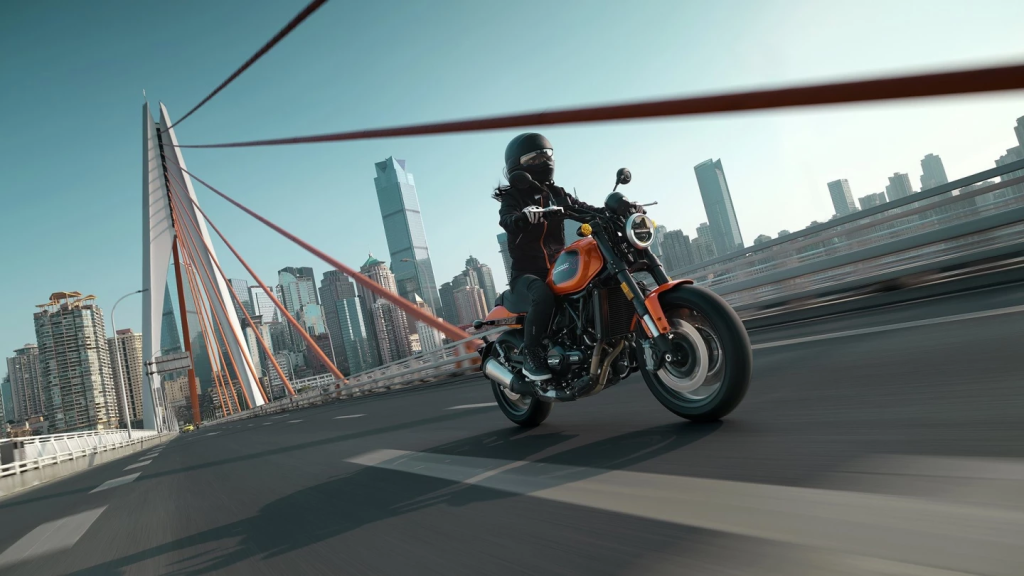
The Economics Behind the Play
Harley-Davidson CEO Jochen Zeitz has said that the Sprint will remain profitable despite its low price point. Industry observers read between the lines: this probably means overseas manufacturing. Harley has already tested the waters with global partnerships, most notably with Hero MotoCorp in India for the X440 and the Sprint could follow the same playbook.
By shifting production to lower-cost regions, Harley can undercut its own entry-level Nightster and still keep margins healthy. But outsourcing raises its own set of questions about brand authenticity, especially for a company so deeply tied to its “Made in America” image.
The Bigger Gamble
The Sprint is more than just a motorcycle; it’s a cultural and strategic gamble. If Harley manages to blend affordability with enough style and performance to capture younger riders, it could revitalise the brand’s customer base. But if it misses the mark, it could alienate long-time loyalists without winning over the new generation it’s chasing.
In short, Harley isn’t just introducing a bike, it’s introducing a bet on the company’s future.





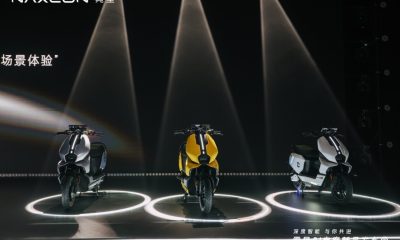

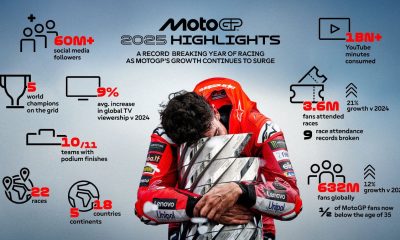
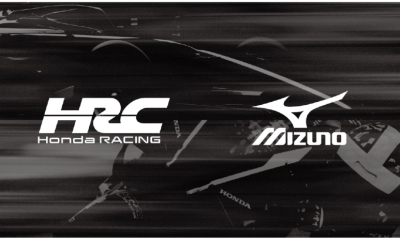

















Facebook
Instagram
X (Twitter)
YouTube
LinkedIn
RSS